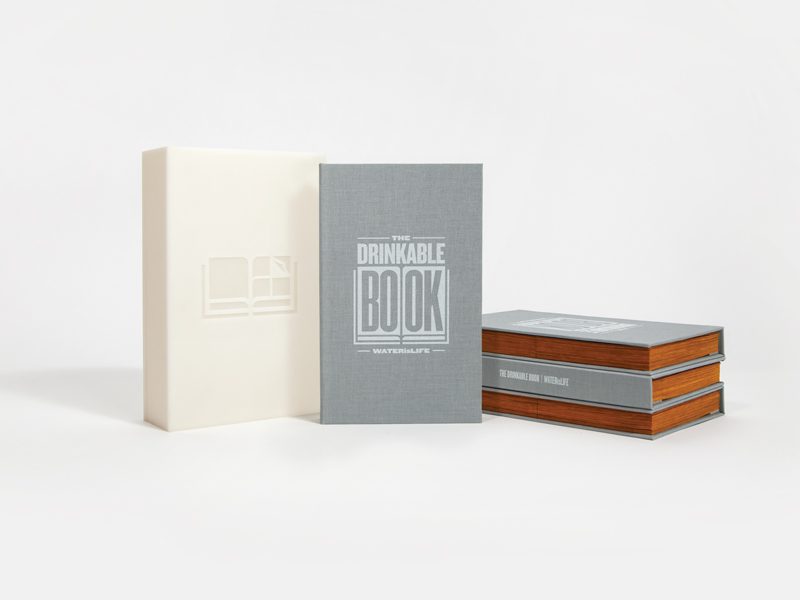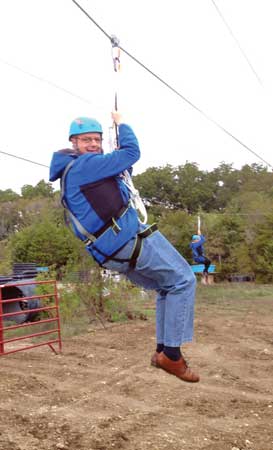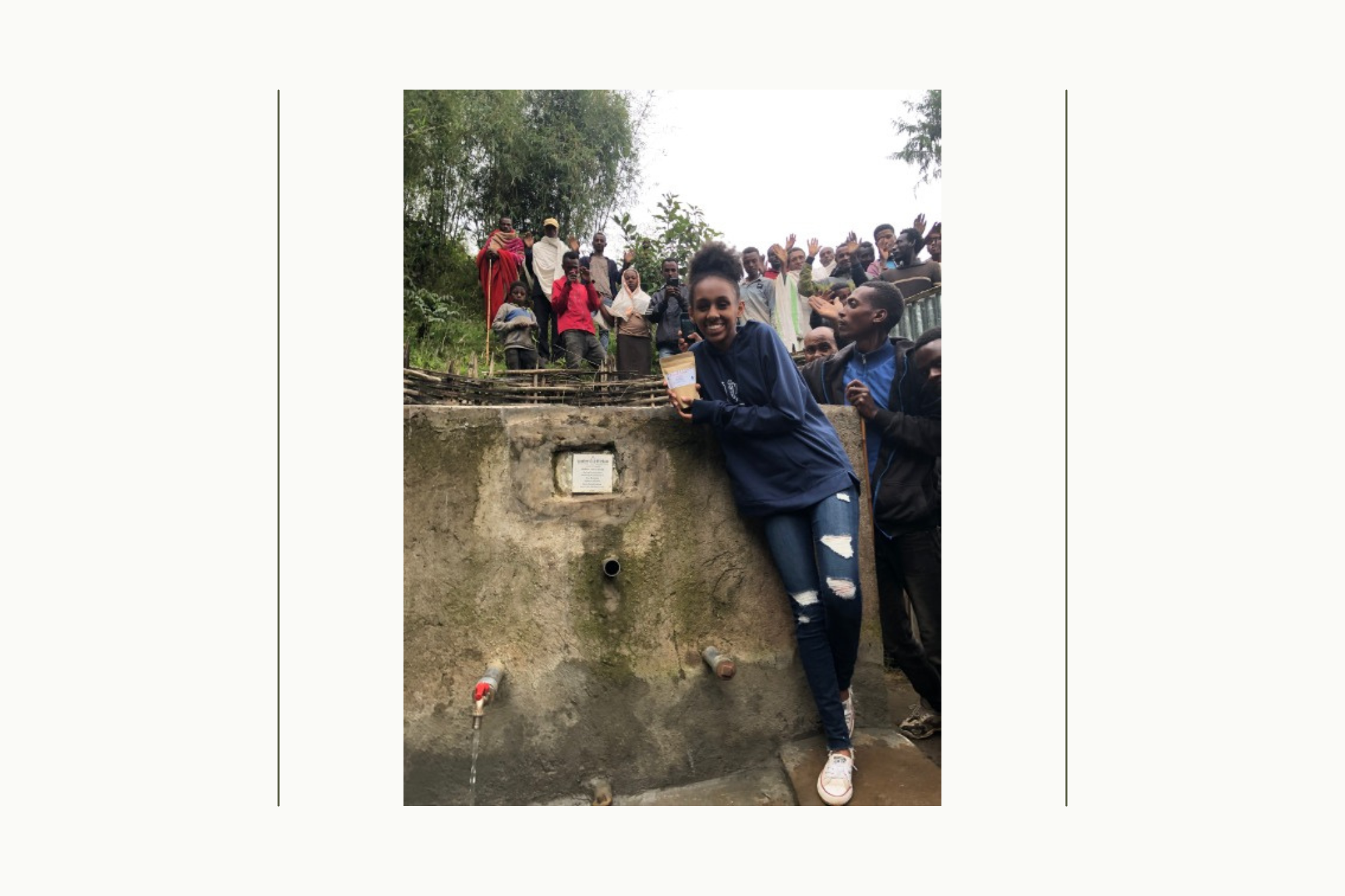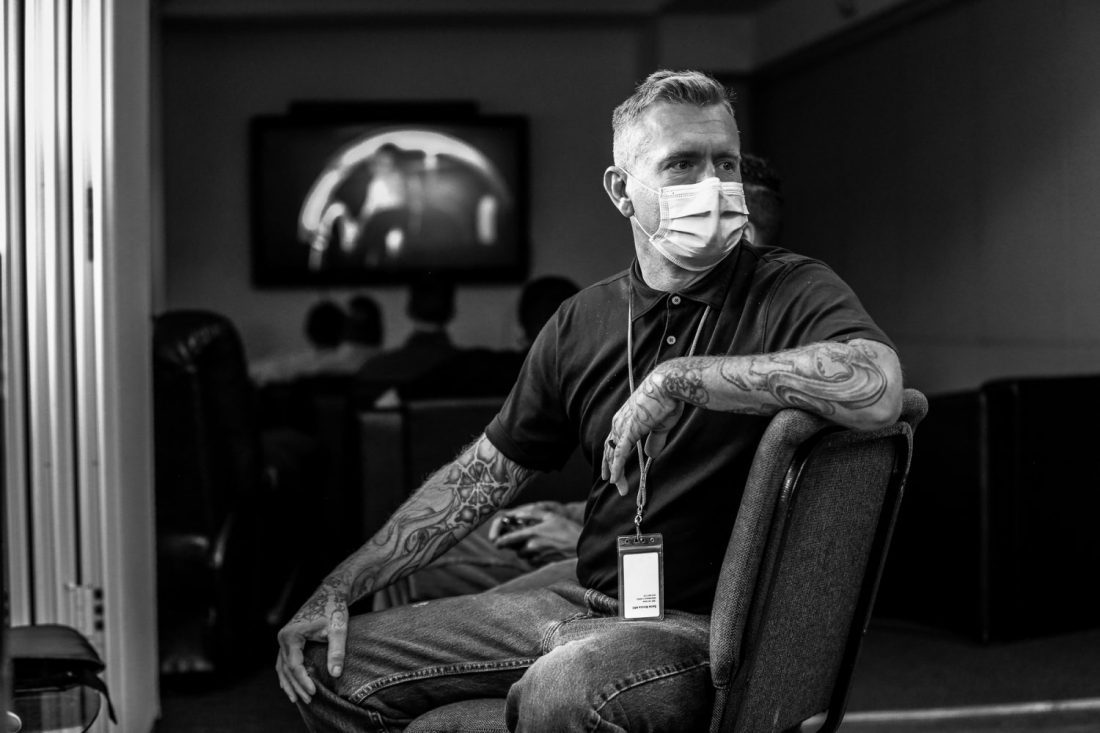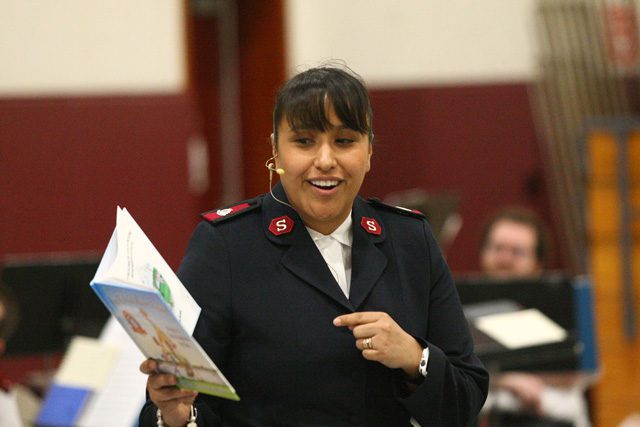A book you won’t put down
[huge_it_slider id=”13″]From a straw filter to household water filtration units, borehole wells, pump repair, water systems and water source fencing, to proper sanitation training and development and integrated hygiene curriculum programs, WATERisLIFE has worked since 2009 to transform communities with long-term sustainable solutions.
– Since 1990 well over 2 billion people have gained access to improved sources of drinking water.
– 748 million people still did not have access to improved drinking water in 2012, 43% of whom live in sub-Saharan Africa.
– More than one third of the global population—some 2.5 billion people—do not use an improved sanitation facility, and of these 1 billion people still practice open defecation.
SOURCE: WHO/UNICEF Joint Monitoring Program for Water Supply and Sanitation
Between 1990 and 2012, 2.3 billion people gained access to improved drinking water, yet roughly 748 million people still did not have access to improved drinking water in 2012, according to the World Health Organization/UNICEF Joint Monitoring Program for Water Supply and Sanitation 2014 report. Water is one of the leading, and in many cases ignored, causes of poverty, often causing illness and loss of time in school.
We know that providing clean water to communities will drastically affect their health, their environment, their economics and most importantly their education. According to the World Health Organization, an integrated approach of providing water, sanitation and hygiene reduces the number of deaths caused by diarrheal diseases by an average 65 percent.
So, WATERisLIFE is using technology to change lives and alleviate poverty—now through the Drinkable Book.
WATERisLIFE and DDB, a worldwide marketing communications network, created the book in partnership with Dr. Theresa Dankovich. Using Dankovich’s silver nano technology, the innovative paper kills disease like cholera, E. coli and typhoid.
One of the book’s roughly 20 pages can be ripped in half and slid into the filter box, which is also the cover for the book. You pour contaminated water through and minutes later the bacteria is reduced by 99 percent making it comparable to U.S. tap water. Costing just a few dollars per book, each one provides the tools to filter clean water for about a year.
The book’s pages also help teach safe hygiene and sanitation habits, printed in both English and the local language.
“A lot of water issues aren’t just because people don’t have the right technology, but also because they aren’t informed why they need to treat water to begin with,” Dankovich told NPR. “So I really like the educational component, and it’s very nice to store it in a book.”
WATERisLIFE is working with funding partners to produce the Drinkable Book in 2015. Each copy will help save lives and ultimately be a key element in an incredible program to transform communities through education and clean water.
[button color=”black” size=”normal” alignment=”none” rel=”follow” openin=”newwindow” url=”waterislife.com”]Donate to specific WATERisLIFE projects in India, Haiti, Ghana or Kenya—starting at $10 for a straw filter—at waterislife.com.[/button]










